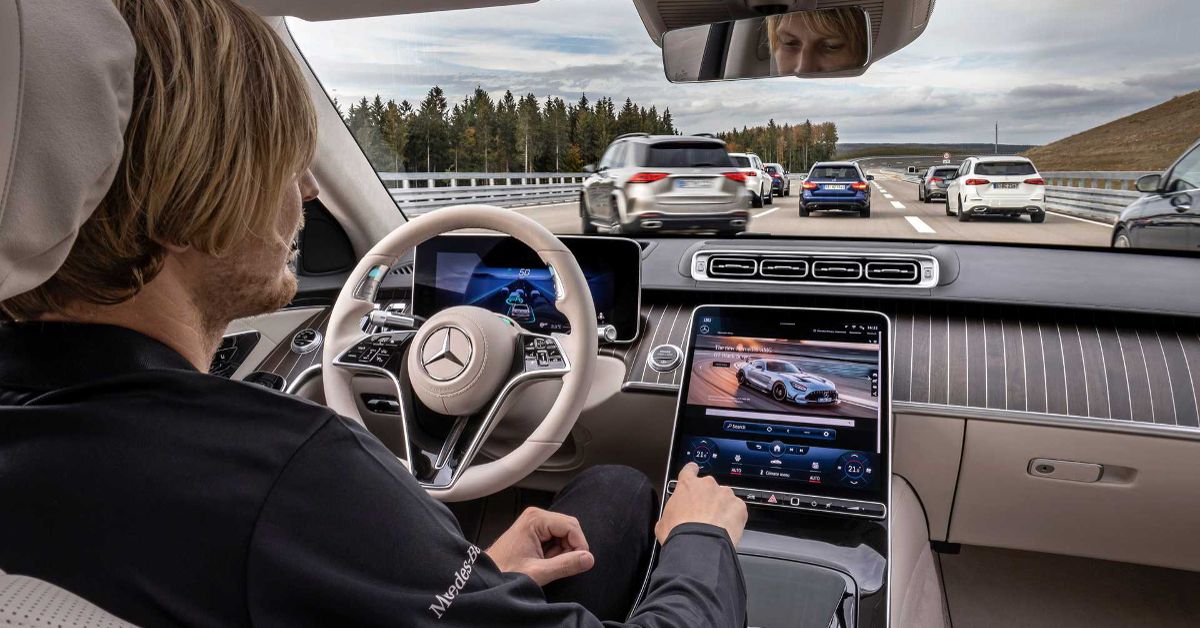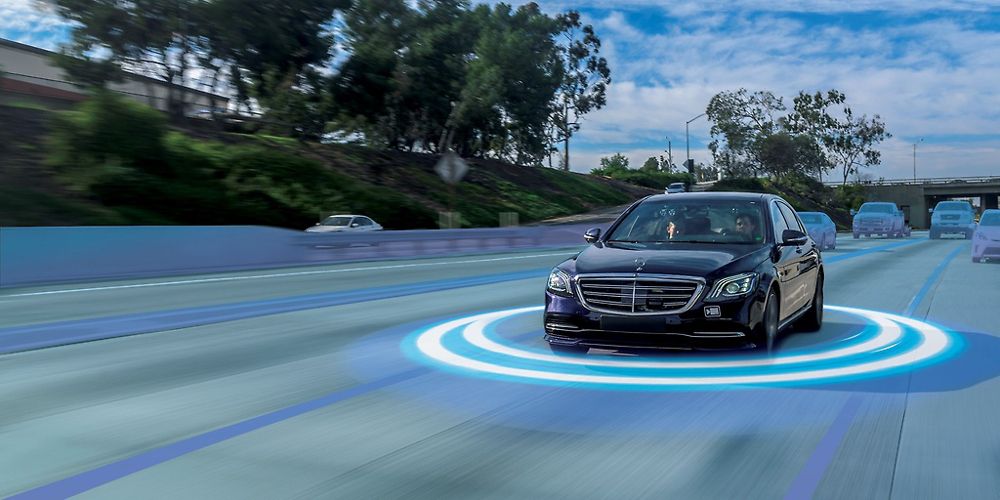It wasn’t long ago that everyone from Ford to Tesla was confidently promising fully autonomous self-driving cars by 2020. Well, 2020 has come and gone and Tesla hasn’t been able to do its ‘coast-to-coast’ driverless road trip and Ford hasn’t sold a single self-driving car.
This is no reflection on any of the many companies working on various self-driving technologies, but rather an indication of how difficult it is to replace the imperfect human behind the wheel with a machine.
So instead of replacing the human, companies are turning their attention to assisting the driver with some laborious yet important driving functions. These systems, known as Advanced Driver Assist Systems (ADAS), are divided into six levels according to the level of automation.
Even though Level 2 (L2) autonomous driving systems such as Tesla's AutoPilot and Cadillac’s Supercruise are gaining traction, and Audi launched its A8 with L3 capability a few years ago, Mercedes-Benz is the first marque to achieve an internationally valid system approval to UN-R157 for the L3 system about to be fitted to the new S-Class and EQS.
It's essential to note that, while this is a United Nations regulation with an international scope, individual countries still set their own rules regarding autonomous tech in vehicles, such as what Germany has already done with Mercedes.
This Is What We Know About Mercedes’ Level 3 Autonomous Tech
With the approval of “Drive Pilot” Mercedes has reached a significant milestone in the rollout of autonomous driving – L3 is the first level at which the car is considered to be capable of driving itself. This can, however, only take place under very special and clearly defined conditions, and always with the driver in full attendance.
With Drive Pilot engaged, the vehicle can drive itself in heavy traffic at speeds up to 37 mph. The system will allow drivers to take their hands off the wheel and perform ancillary tasks on their vehicle’s central infotainment display, such as sorting emails and online shopping.
In such circumstances, the car can accelerate, brake, and change lanes as needed without driver input. The technology automatically reads road signs and responds to unexpected incidents autonomously, performing evasive and braking maneuvers. It can also recognize the warning lights of emergency vehicles.
However, if Drive Pilot detects that the driver is not paying attention or the vehicle encounters a problem, the system will prompt the driver to take over. If the driver fails to do so, the system will bring the vehicle to a stop, switch on the hazard lights, and activate the emergency call function.
Drive Pilot will initially only be available in the German market in the S-class sedan from early 2022 before also being offered in the electric EQS. Mercedes-Benz says it is also testing the system in the US and China.
At the moment it can only be engaged on 8197 miles of designated highway in Germany. Drive Pilot uses the existing suite of sensors that support other driver-assistance features. It does however require additional LiDAR sensors, cameras, and a moisture sensor in the wheel well. There are also ‘failsafes’ for the mission-critical steering, braking, and electrical systems.
With autonomous driving still in its infancy, Drive Pilot's availability in the US will depend on how regulations and laws for autonomous driving unfold. Even though NHTSA finalized and simplified the rules for vehicles with L3, L4, and L5 autonomous systems earlier this year, Mercedes has not yet made any official comments regarding rolling the system out in America.
This Is How The Levels Of Autonomy Are Defined
In a move to standardize the terminology used to describe the various levels of autonomous systems, the SAE has compiled a standard, J3016, which defines the six levels of driving automation.
While the standard has often been criticized for not being granular enough, it does set out what is expected from each level. For instance: the lowest level of automation, L0, is restricted to warning or momentarily assisting the driver, whereas L3 systems, such as Drive Pilot, can drive the vehicle under limited conditions, while the driver remains alert and ready to retake control if required.
The highest level that defines fully autonomous self-driving capability, L5, implies that the vehicle can drive itself under all conditions without a driver being expected to intervene at any stage. In fact, these vehicles may not even have a steering wheel or pedals – or driver.
The highest level of automation currently seen on public roads is L4 being trialed by Waymo (and others) as a taxi service. At this level, the car is fully capable of driving itself, although confined to a specific area of operation through “Geo-fencing”.
The primary reason that commercial taxi services are ahead of mass-produced production cars comes down to cost. The hardware required for L4 and L5 driving can easily double the cost of the vehicle – which puts Mercedes’ achievement into perspective as the first manufacturer to bring level 3 conditionally autonomous driving into series production.



-1.jpg)